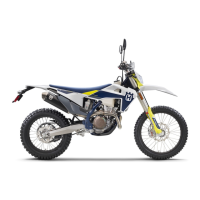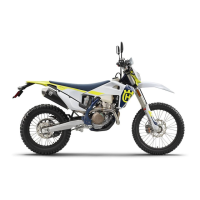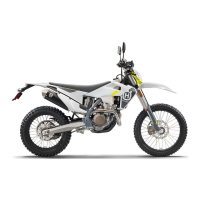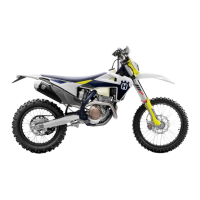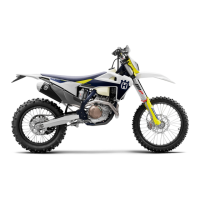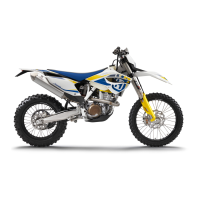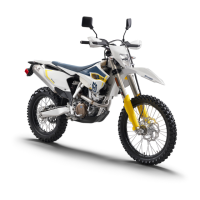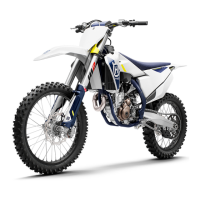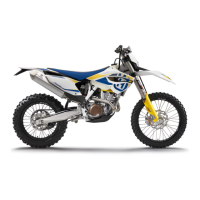Why is my Husqvarna FE 350s 2021 Motorcycle engine overheating?
- MMarcia RiggsAug 14, 2025
If your Husqvarna Motorcycle engine overheats, several factors could be the cause. First, check if the coolant level is low in the cooling system and inspect the system for leaks. Ensure there's sufficient airflow, and if stationary, switch off the engine. Clean any dirt from the radiator fins. If there's foam formation, drain and refill the coolant. Inspect for a bent radiator hose and replace if necessary. Check the thermostat, which should open around 70 °C (158 °F). Finally, check fuse 3 and the radiator fan for any defects in the radiator fan system.
